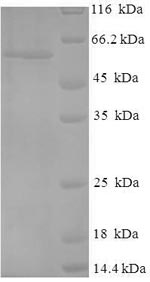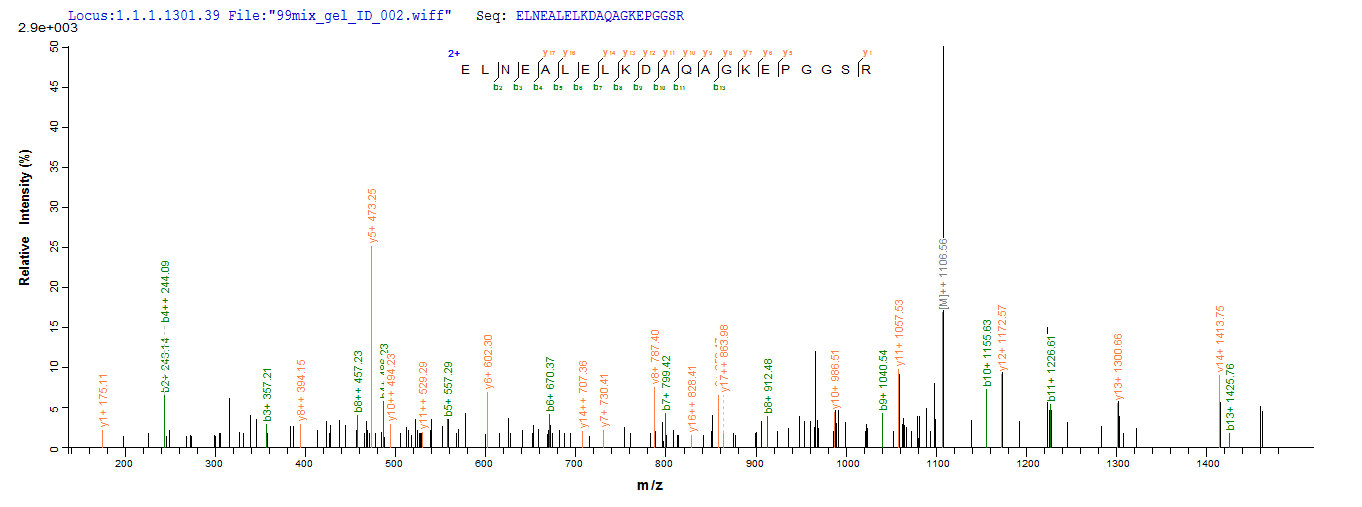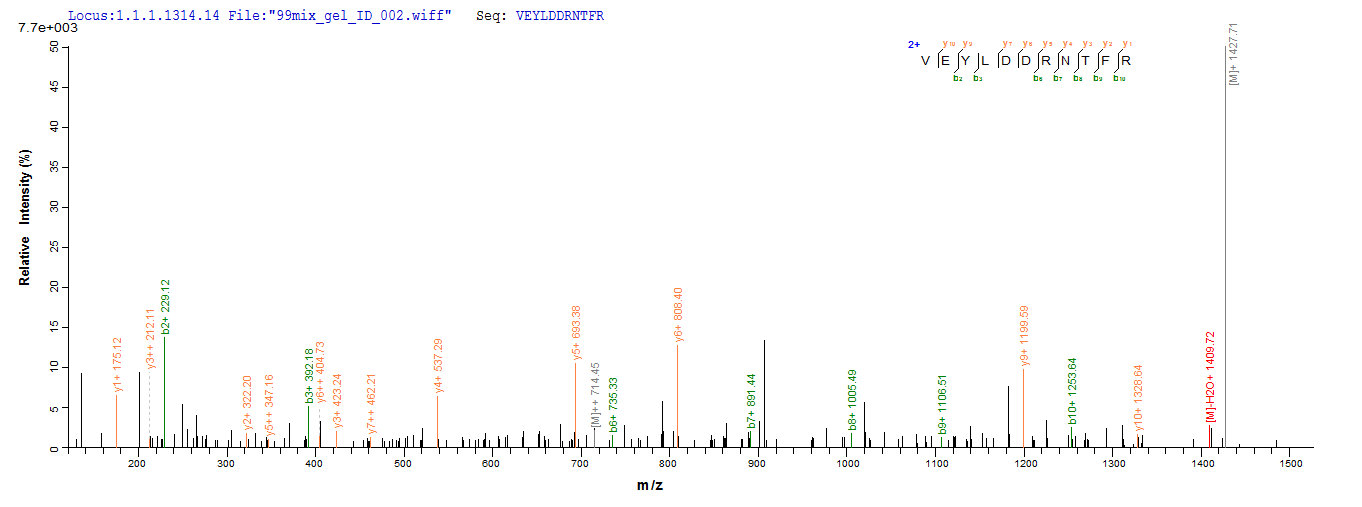Very nice to receive your inquiry. The product details are as below.
Recombinant Human Cellular tumor antigen p53(TP53)
CSB-YP024077HU
CSB-EP024077HU
CSB-BP024077HU
CSB-MP024077HU
Expression Region: 1-393aa, full length
Tag Info: EP: N-terminal 6xHis-sumo-tag; YP, BP, MP: N-terminal 6xHis-tag
Target Protein Sequence:
MEEPQSDPSVEPPLSQETFSDLWKLLPENNVLSPLPSQAMDDLMLSPDDIEQWFTEDPGPDEAPRMPEAAPPVAPAPAAPTPAAPAPAPSWPLSSSVPSQKTYQGSYGFRLGFLHSGTAKSVTCTYSPALNKMFCQLAKTCPVQLWVDSTPPPGTRVRAMAIYKQSQHMTEVVRRCPHHERCSDSDGLAPPQHLIRVEGNLRVEYLDDRNTFRHSVVVPYEPPEVGSDCTTIHYNYMCNSSCMGGMNRRPILTIITLEDSSGNLLGRNSFEVRVCACPGRDRRTEEENLRKKGEPHHELPPGSTKRALPNNTSSSPQPKKKPLDGEYFTLQIRGRERFEMFRELNEALELKDAQAGKEPGGSRAHSSHLKSKKGQSTSRHKKLMFKTEGPDSD
We could provide corresponding antibody produced using this recombinant protein. The details are as below.
Code: CSB-PA07889A0Rb
Name: TP53 Antibody
Immunogen: Recombinant human Cellular tumor antigen p53 protein (2-393AA)
Expression System of Immunogen: E. coli
Tested Applications: WB, IHC, ChIP
Lead Time: 2-3 working days
Product Link: http://www.cusabio.com/Polyclonal-Antibody/TP53-Antibody-11106204.html








